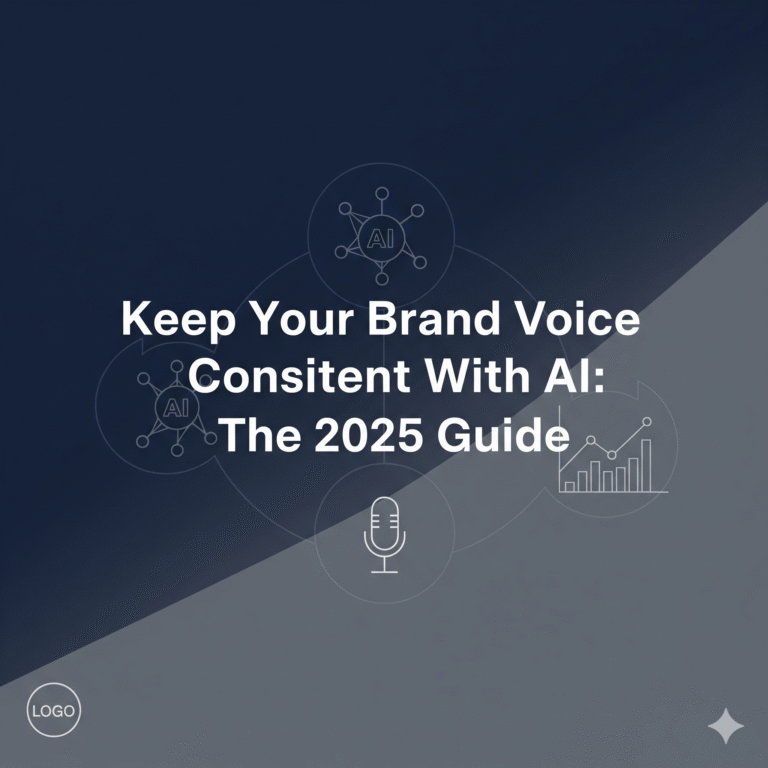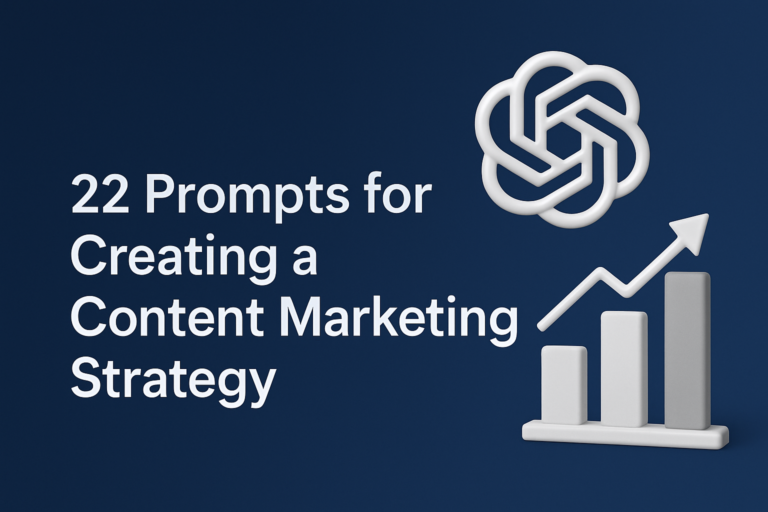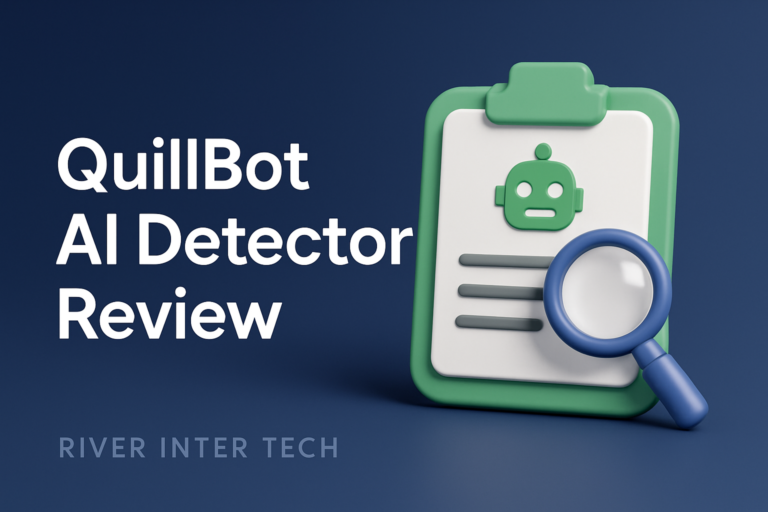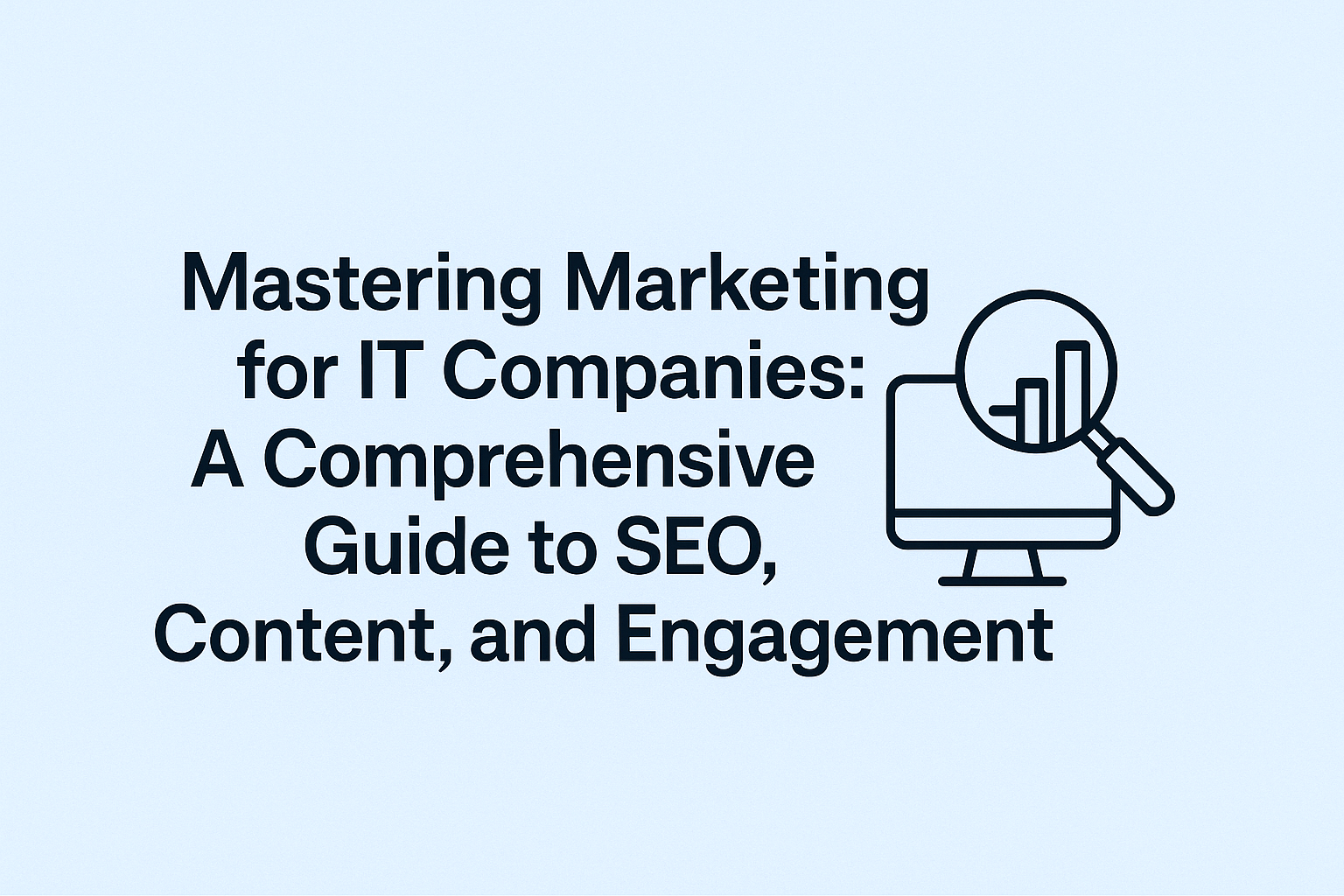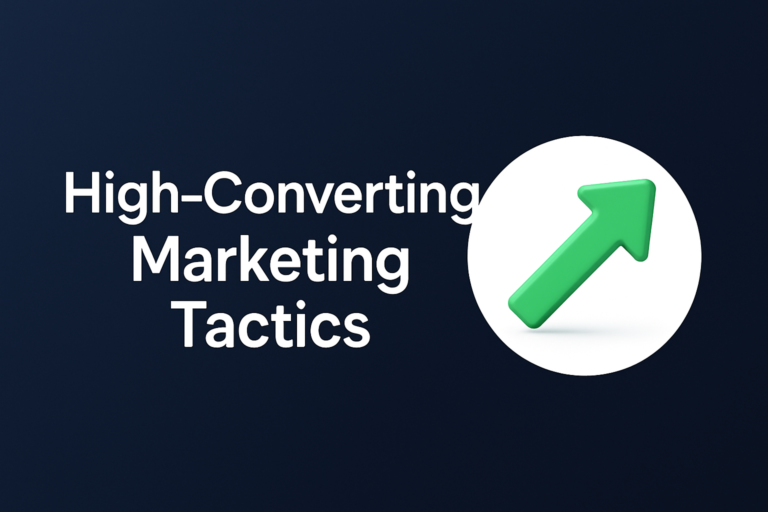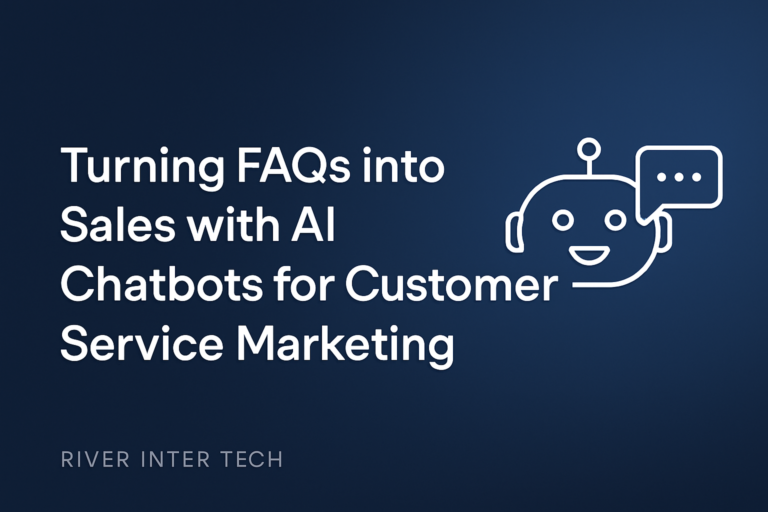How Are Top Brands Using AI? 20 Inspiring AI Marketing Case Studies
The AI marketing industry is set to reach over $100 billion by 2028. Brands today are seeing results from smarter, faster, and more personal campaigns that were impossible just a few years ago.
If your role is to get campaigns noticed, win customers, and show ROI, you might ask: Is AI real, or is it all hype? Are brands truly seeing results from AI marketing?
Three out of four marketers now use AI to improve campaigns. A Salesforce report says companies using AI see up to 30% better returns than those using older methods.
The biggest wins come in segmentation, A/B testing, and predictive analytics. Alicia Arnold says AI is now a must for marketers who want one-to-one personalization at scale. But what does that look like in real life?
This guide highlights 20 AI marketing case studies to show that AI is not just a trend—it’s a real advantage.
The Massive Impact of AI in Marketing
The AI marketing sector is booming, with a projected annual growth rate of 35.1%. MarketsandMarkets forecasts it will cross $100 billion by 2028. More companies now use AI to personalize communication, track behaviors, and automate tasks.
With customer experience influencing 73% of buying decisions, marketers need tools that help them stand out. AI delivers better segmentation, automation, and content at the right time.
But what works best? Which brands have cracked the code?
20 Detailed AI Marketing Case Studies
Heinz: AI Images for a Fresh Brand Look
Heinz used DALL-E 2 to generate creative campaign images. This approach boosted social shares by four times and increased brand awareness by 10%. Heinz mixed humor with AI to attract digital fans and refresh their brand image.
Nike: Serena Williams Virtual Match Simulation
Nike used AI to simulate a match between Serena Williams at ages 17 and 35. Over seven million people watched in the first week. This campaign showed how AI can tell emotional stories and engage fans at scale.
Unilever: AI Content Intelligence for Faster Marketing
Unilever’s U-Content AI system tagged over 100,000 assets and cut content production time by 30%. Engagement on AI-optimized content grew by 25%, helping teams make decisions quickly without losing their brand voice.
L’Oréal: Virtual Try-On and Skin Diagnostics
L’Oréal’s ModiFace AI tool lets customers try makeup online and get skin analysis. With over 50 million try-ons, their online conversion rate tripled. Skin diagnostics also reduced returns by 20%.
Netflix: AI-Driven Content Personalization
Netflix’s recommendation engine analyzes thousands of titles per profile. Eight out of ten watches come from these suggestions. AI-powered thumbnails boosted clicks by 20%, and McKinsey found that churn dropped by 10% in one year.
Cosabella: Email Marketing Reinvented with AI
Cosabella replaced their agency with Emarsys AI, increasing open rates by 22% and revenue by 40%. The AI created email segments based on real user behavior, making messages more relevant and campaigns much faster.
Tomorrow Sleep: AI Overhaul of Content Strategy
Tomorrow Sleep used AI auditing tools to find popular topics and fill content gaps. This strategy grew organic traffic by 398% in a year using AI-led topic clustering.
Euroflorist: Site Optimization by AI
Euroflorist’s AI personalization engine increased conversions by 17% and average order value by 23% through real-time data testing of layouts, offers, and messages.
Starbucks: Deep Brew AI for Personal Marketing
Starbucks built Deep Brew to send more than 100 million personalized offers every month. This raised loyalty engagement by 20% and made personal recommendations based on order history, time, and weather.
BMW: Social Media Gets Smart with AI
BMW used AI social analytics to study user images and posts, predicting when content might go viral. This approach lifted campaign relevance by 30% and helped the brand join real-time conversations.
Coca-Cola: AI-Powered Content Creation
Coke’s “Create Real Magic” campaign used DALL-E and GPT-4, leading to 120,000+ artworks in three weeks and a 15% engagement boost. Fans created and shared their own AI-powered content.
Sephora: AI-Powered Beauty Advisor
Sephora’s Color IQ and Virtual Artist tools led to a 35% rise in conversions for AI-matched products. Their chatbot now answers over three million questions each year, providing real-time advice.
Amazon: AI-Driven Product Recommendations
Amazon’s recommendation engine powers 35% of sales, boosting average order value by 12%. AI makes browsing and buying more seamless for shoppers.
H&M: Smart Fashion Forecasting and Inventory
H&M’s AI systems track sales, receipts, and social trends to order the right stock. This reduced inventory gaps by 21% and supported more full-price sales.
Spotify: Personalized Audio Marketing
Spotify’s Ad Studio uses AI to match ads and playlists to moods and habits. Personalized audio ads are remembered 25% more, and AI-driven playlists are played 40% longer.
The Washington Post: AI for Content Distribution
The Post’s Heliograf bot wrote hundreds of election stories and saved 20% of newsroom time. AI recommendations increased reader engagement by 12%.
Nestlé: AI to Unlock Consumer Insights
Nestlé’s AI tools analyze over 50,000 social mentions monthly. This helps them spot trends and develop products twice as fast as before.
Cadbury: AI Celebrity Ad Builder
Cadbury’s AI tool let small businesses create ads with Bollywood’s Shah Rukh Khan. Over 95,000 unique video ads were made, tripling engagement for microbusinesses.
Lexus: AI-Written Advertisement Script
Lexus used IBM Watson to write a car ad that scored 50% higher on emotional resonance. The campaign won awards and drew global attention.
Netflix x Adidas: Dynamic Ad Personalization
Netflix and Adidas partnered to use AI for dynamic ads during FIFA, building millions of unique creatives and leading to 18% more engagement compared to standard ads.
Bonus Table: AI Marketing at a Glance
| Brand | AI Technology | Campaign Type | KPI/Outcome |
|---|---|---|---|
| Heinz | DALL-E 2 | Visual content | 4x social shares |
| Nike | Match simulation | Interactive event | 7M+ views |
| Unilever | Content tagging AI | Content optimization | 30% time saved |
| L’Oréal | ModiFace | AR/Diagnostics | 3x online conversion |
| Netflix | Recommendation engine | Personalization | 80% driven by AI recs |
| Cosabella | Emarsys AI | Email marketing | 22% open rate lift |
| Tomorrow Sleep | AI content audit | SEO/Content | 398% traffic boost |
| Euroflorist | Personalization | Website optimization | +17% conversion rate |
| Starbucks | Deep Brew | Offers/Personalization | +20% loyalty |
| BMW | Social analytics | Social campaign | +30% relevance |
| Coca-Cola | DALL-E, GPT-4 | UGC/Co-creation | +15% engagement |
| Sephora | Color IQ, chatbot | Advisor/Personalization | +29% conversion |
| Amazon | Recommendation engine | E-commerce | 35% of sales |
| H&M | Demand forecasting | Inventory/Supply | -21% inventory gaps |
| Spotify | Ad Studio | Audio/Ads | +25% brand recall |
| Washington Post | Heliograf bot | Content distribution | +12% engagement |
| Nestlé | Social listening | Consumer insights | 2x innovation speed |
| Cadbury | Face/Voice AI | Video Ad builder | 3x engagement |
| Lexus | IBM Watson | Script writing | +50% emotional impact |
| Netflix x Adidas | Custom ad builder | Dynamic ads | +18% engagement |
Imagine a chart that shows the rise in AI marketing’s global market size from 2022 to 2028, or an infographic showing where brands like L’Oréal, Amazon, and Starbucks use AI for measurable gains.
Why AI Now Gives Brands a Real Edge
All these stories have something in common: AI brings personalization, speed, and real results. Many brands saw double-digit growth in engagement or conversion, sometimes both. AI isn’t just for big brands—Cadbury empowered 95,000 small businesses with celebrity AI video ads.
Even small steps, like AI-powered email or segmentation, give teams back time and improve results. The hardest part is often getting started and making sure your data is solid. Some brands waited too long or tried to do everything at once.
The best path is to pick a high-impact use case, like email or product recommendations, and set clear KPIs before expanding.
Next Steps for Smarter AI Marketing
- Start with one AI tool or workflow—try segmentation, email automation, or recommendations.
- Set clear goals and measure results before and after.
- Get buy-in from your team by sharing case study results.
- Keep learning and adapting—AI works best with regular updates and testing.
Frequently Asked Questions
What are the real benefits of AI in marketing?
AI improves personalization, analysis, and ROI. Brands report 10–400% increases in key metrics.
Which brands lead in AI marketing?
Netflix, Amazon, L’Oréal, and Starbucks are top names using AI for personalization, content, and suggestions.
Is AI just for large brands?
No. Small businesses use AI for email, ads, and website personalization. Cadbury’s campaign with SMBs proved small teams can also win big.
How to get started with AI in marketing?
Pick one clear use case like segmentation or email automation. Measure the impact, then expand further.
Does AI replace marketers?
No. Marketers using AI get better results. AI handles tasks, while humans focus on strategy.
What’s the hardest part of using AI in marketing?
Setting up tools and building clean data pipelines is the biggest challenge for most teams.
How do I measure AI campaign success?
Track metrics like personalization rates, engagement, conversions, and cost savings—just like leading brands do.
AI marketing moves quickly, but those who start early benefit the most. To stay ahead, learn from these case studies, pick your first project, and take action now.
AI marketing isn’t just the future—it’s your next big competitive edge.

